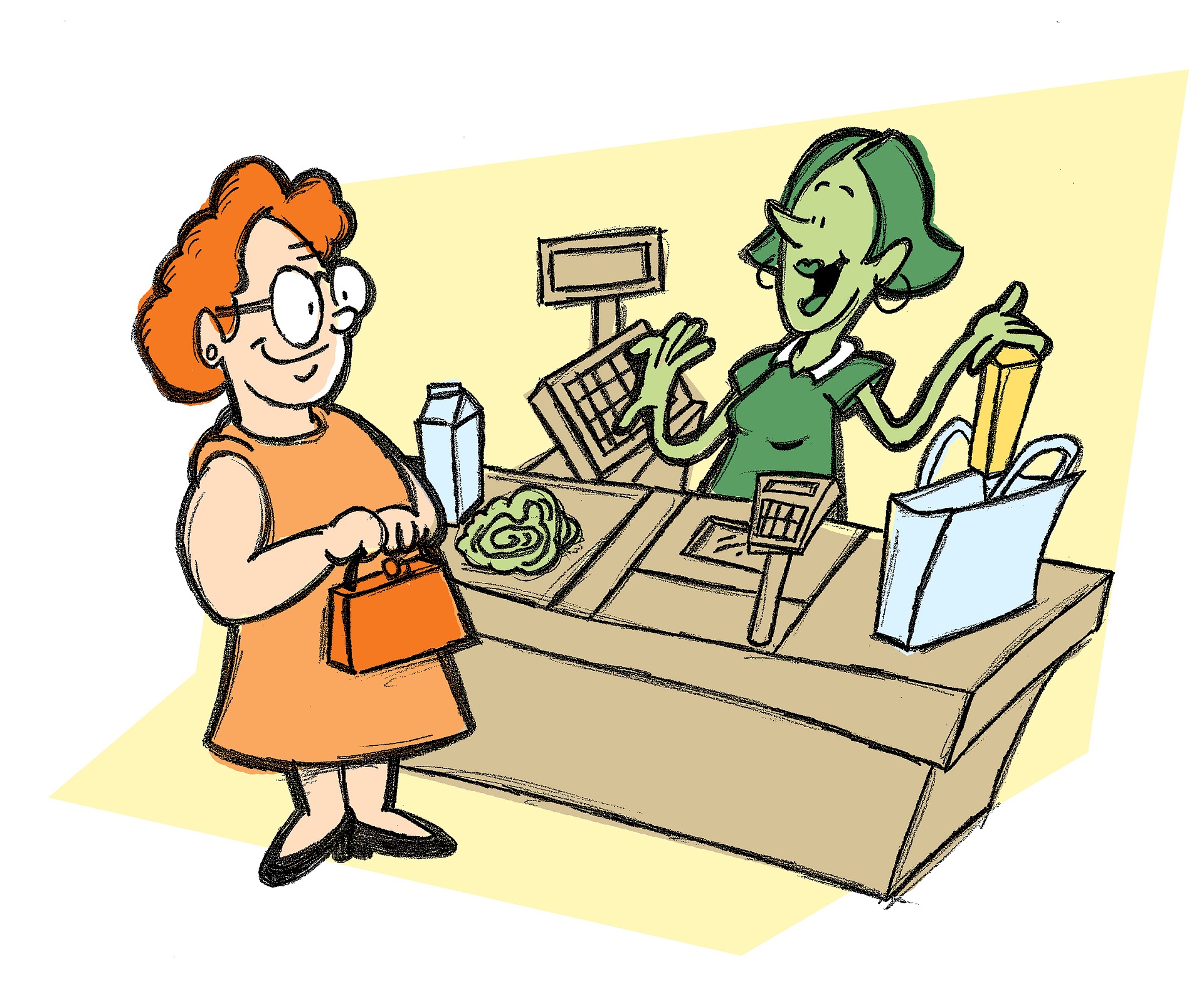Waiting Is Not Easy....
There’s a children’s’ book my kids love. It’s called “Waiting Is Not Easy” by Mo Willems. The main idea of the book is self-explanatory in the title. It’s hard to wait, people don’t like to wait, etc.
It seems that people’s patience is at an all-time low. I do not have any concrete evidence of this, but it seems so. Waiting for a table, waiting for an Amazon package, waiting for an email from a colleague. No matter the context, we do not like to wait.
However, waiting is inevitable. The cook needs time to make your meal, online retailers have to fulfill your order and ship it, people are too busy doing countless things to respond immediately to your emails.
Due to this inevitability, businesses must have a plan for addressing impatience. A few communication strategies include (1) being very transparent with customers and (2) managing expectations.
Marketers, managers, and those of you in client facing roles……how do you deal with impatience in your organization?




